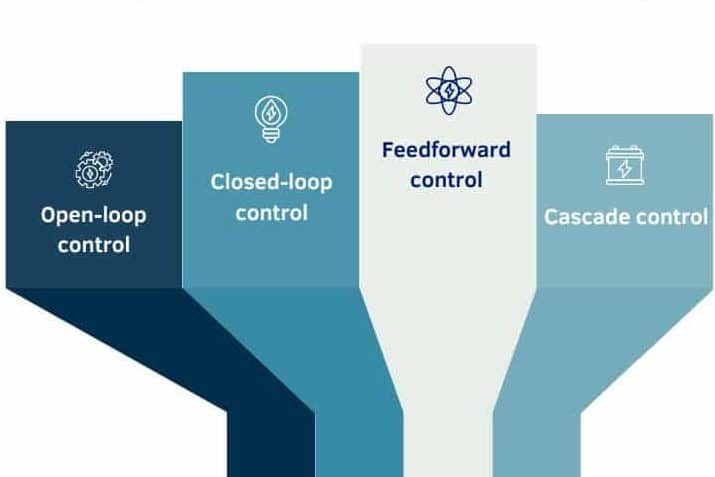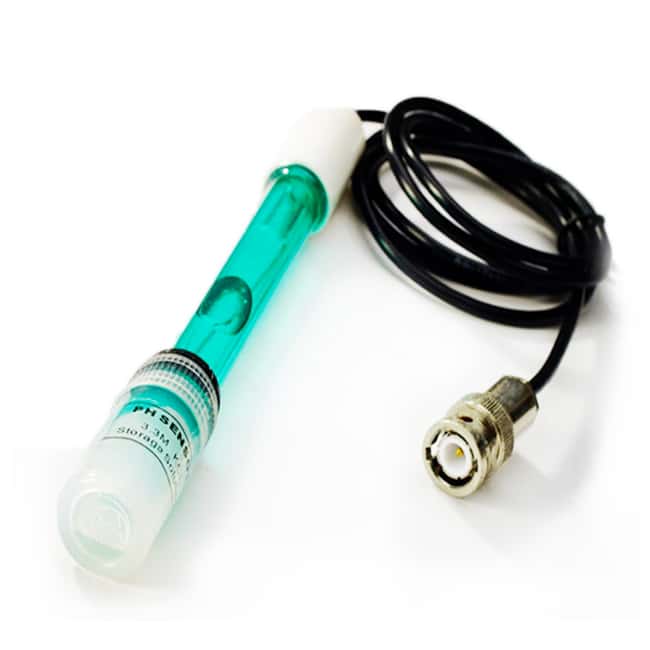Process control has become a critical tool for maintaining and optimizing a wide range of operations in modern industry. In industrial and environmental applications, it is vital to ensure the accuracy and efficiency of operations.
Understanding process control
Process control refers to a systematic approach to managing and regulating processes in various industrial and environmental systems. The primary goal of process control is to ensure that the desired output is consistently achieved by adjusting input variables (e.g., temperature, pressure, flow rate, pH, etc.) and maintaining optimal conditions.
Essentially, process control involves:
Monitoring: Continuous observation of process variables.
Control: Adjustment of input variables to maintain output within specified limits.
Feedback mechanisms: Utilizing data from sensors and instruments to make real-time adjustments to ensure system stability and efficiency.
Types of process control

Open-loop control: In an open-loop system, the control action is independent of the process output. These systems are simpler but less accurate because they do not account for changes in process conditions.
Closed-loop control (feedback control): Adjustments are made based on real-time sensor data. For example, if the pH of the water is detected to be high, the system will automatically add acid to neutralize it.
Feedforward control: Adjustments are made in advance based on expected input changes. This is particularly useful when dealing with fluctuating feed water quality.
Cascade control: Utilizes multiple controllers to handle complex multivariate processes. For example, controlling a combination of water temperature and chemical dosage to ensure optimal treatment results.
Key components of process control systems
Sensor: Detects and measures water quality parameters such as pH, turbidity, dissolved oxygen, etc.



Controller: Receive sensor data, analyze and make control decisions.
Actuator: According to the controller’s instructions implement specific operations, such as adjusting valves or adding chemicals.
Software: For data processing, system integration, and monitoring, providing a friendly user interface and reporting capabilities.
Importance of process control
- Consistency and quality
- Efficiency and cost savings
- Safety and compliance
Application of process control in water quality monitoring
For water quality monitoring manufacturers like us, integrating process control systems into our products can significantly improve their functionality and reliability. Here are the key roles of process control in water quality monitoring:
- Real-time monitoring and adjustment: Through process control, our water quality monitoring systems continuously measure parameters such as pH, turbidity, dissolved oxygen, and chemical concentrations. Real-time data allows for immediate adjustments to ensure optimal water quality.
- Automatic response: The advanced process control system allows for automatic response to fluctuations in water quality. For example, if a sensor detects a drop in dissolved oxygen levels, the system can automatically activate aeration equipment to restore equilibrium.
- Data integration and analysis: By collecting and analyzing data from multiple sensors, process control systems can provide comprehensive insights into water quality trends and potential problems. This predictive capability facilitates proactive management and long-term planning.
- Remote monitoring and management: Modern process control systems support remote monitoring and management (IoT), allowing operators to oversee water quality from anywhere. This is particularly useful for managing multiple sites or facilities.
- Regulatory compliance: Ensuring compliance with environmental regulations is critical. Process control systems help maintain the required standards by providing accurate and reliable data for reporting and auditing.
Challenges in controlling water quality monitoring processes
Environmental changes
Natural water sources vary significantly in composition and condition. An effective process control system must adapt to these changes.
Sensor fouling and drift
Sensors can become fouled or drift and cause inaccurate measurements. Regular cleaning, calibration and replacement are necessary to maintain accuracy.
Data management
Water quality monitoring systems generate large amounts of data that need to be effectively managed and analyzed. Implementing a robust data management solution is essential to make the most of this data.
FAQs
What is the primary goal of water quality monitoring process control?
The primary goal is to ensure accurate, reliable and consistent measurements of water quality parameters, which are critical for public health, environmental protection and regulatory compliance.
What is the difference between open and closed loop control?
Open-loop control does not consider the process output in its control action, while closed-loop control continuously monitors the output and adjusts the inputs to maintain the desired setpoint, ensuring greater accuracy.
Why is calibration important in process control?
Calibration ensures that sensors and actuators provide accurate and reliable measurements. Regular calibration is necessary to maintain the long-term accuracy and performance of the control system.
Summary
The role of process control in water quality monitoring cannot be underestimated. It not only ensures the safety and quality of the water we use in our daily lives, but also improves the operational efficiency and competitiveness of water treatment companies. As technology continues to advance, process control systems will become even smarter and more efficient.
For more information about our water quality monitoring systems and how they can benefit your operations, please contact us. Let’s work together to ensure a clean, safe and sustainable water future.
